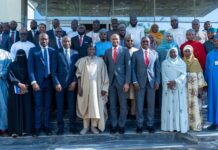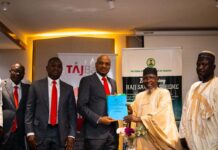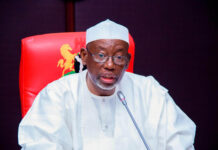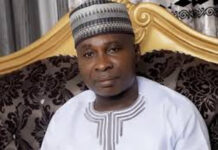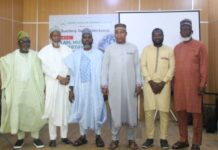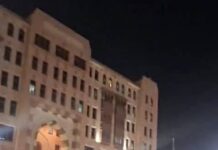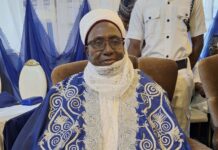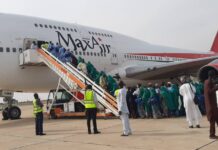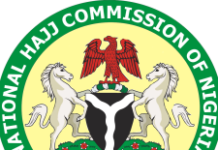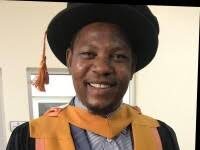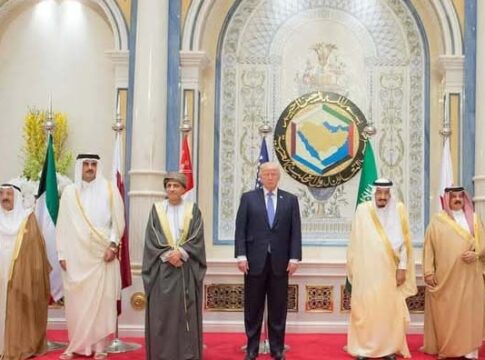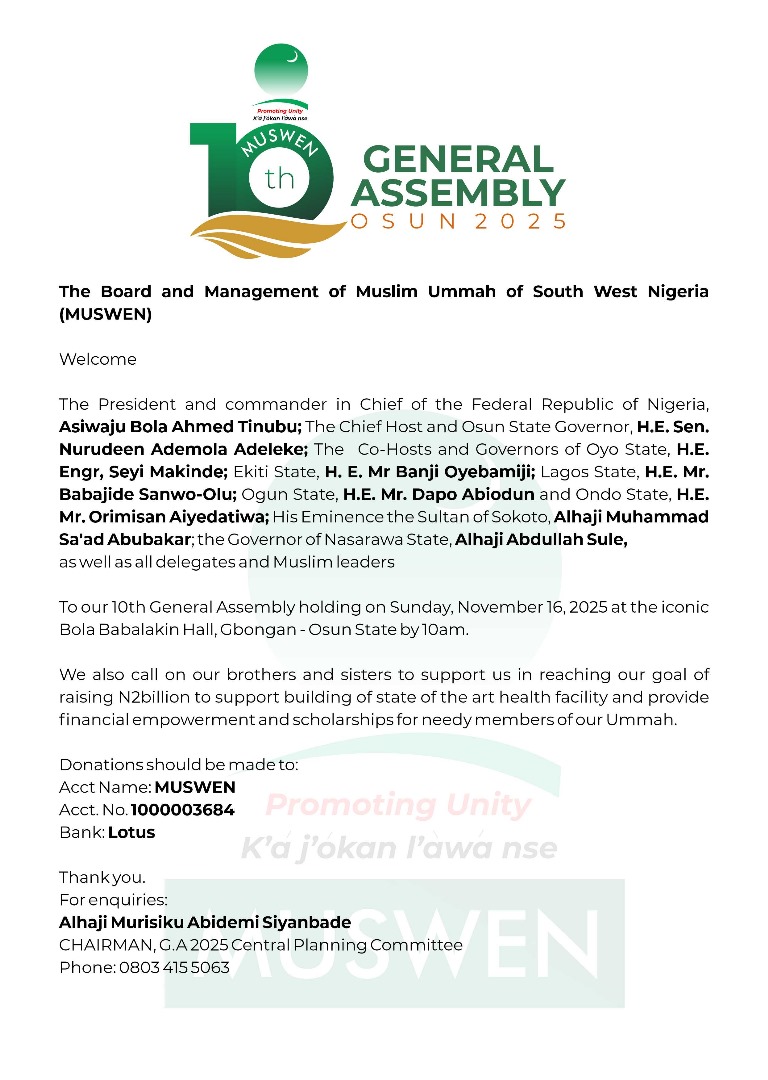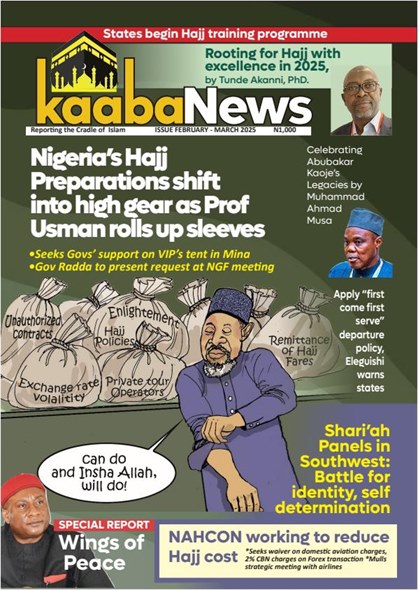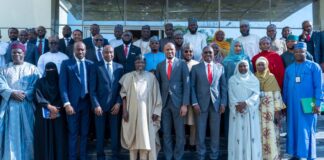U.S
President, Donald Trump’s recent trip to the Gulf culminated in a series of momentous announcements that have the potential to reshape regional geopolitics, economic relations, and diplomatic alliances in unprecedented ways. Central to this whirlwind itinerary was a surprising shift in U.S. policy: the decision to lift longstanding sanctions on Syria coupled with a colossal $600 billion investment pledge from Saudi Arabia and an enormous arms deal. These developments signal a strategic recalibration that warrants careful analysis.
A Paradigm Shift on Syria: From Isolation to Engagement
For decades, U.S. policy toward Syria has been characterized by sanctions and diplomatic isolation, rooted in Bashar al-Assad’s authoritarian rule, human rights abuses, and the country’s support for terrorism. The sanctions, imposed in stages from 1979 onward—culminating after the Syrian civil war’s eruption—have served both as punitive measures and as a stalling tactic to pressure Assad’s regime.
Trump’s announcement to lift sanctions, therefore, marks a profound departure. It suggests that the U.S. is willing to pivot from its long-held stance of diplomatic estrangement, perhaps recognizing that isolating Syria has failed to bring about regime change or stability. This move aligns with a broader pattern of pragmatic diplomacy, possibly aimed at engaging Russia and Iran’s influence in Syria, or at fostering a regional order conducive to U.S. interests—which now seemingly include some level of Assad’s legitimacy.
The immediate reaction from Damascus was one of jubilation, a sign that the Syrian government perceives Trump’s move as a pathway toward easing economic pressures and reestablishing diplomatic ties. Syrian Foreign Minister Asaad al-Shibani labeled the sanction lift a “new start,” signaling a desire for reconstruction and international reintegration. Furthermore, Trump’s brief meeting with Assad’s counterpart, President Ahmed al-Sharaa, underscores the diplomatic gamble: engaging with a regime long considered a pariah, perhaps to facilitate peace, stability, or economic recovery.
However, this shift raises multiple questions. Will lifting sanctions truly translate into tangible aid and reconstruction support? Or does it serve more as a diplomatic overture that leaves underlying issues—such as Assad’s continued hold on power, regional stability, and human rights—unresolved? Critics may argue that such a move risks emboldening an oppressive regime, while supporters see it as a strategic step toward stabilization.
Economic and Military Realignments in the Gulf
Simultaneously, Trump’s trip was marked by massive economic and military commitments, notably a 600 billion Saudi investment pledge and a record-breaking \142 billion arms deal. These agreements reflect a recalibration of U.S.-Gulf relations, emphasizing economic diplomacy coupled with security cooperation.
The arms deal, the largest in U.S. history, underscores Saudi Arabia’s desire to modernize its military capabilities—particularly in missile defense, air power, maritime security, and communications—while signaling Washington’s continued prominence as a regional security partner. For Trump, cultivating close ties with Saudi Arabia is rooted in intrinsic interest: countering Iran’s regional influence, bolstering Israel’s security, and securing energy stability.
The Saudi investment pledge is equally notable. A commitment of this magnitude not only signifies confidence in the U.S. economy but also signals a growing desire among Gulf states to diversify their economies, reduce dependence on oil, and forge deeper financial ties. It represents a strategic move by the Saudis to pivot toward economic modernization and regional influence, while also buying diplomatic capital with the U.S.
Diplomacy and Regional Stability
This summit’s diplomatic tapestry was further enriched by Trump’s scheduled meetings with GCC leaders and the brief encounter with Assad. The summit aimed to reinforce the U.S.-GCC alliance, demonstrating a unified front amidst regional tensions involving Iran, Yemen, and broader geopolitical rivalries.
Trump’s comments about acting “on a request from the crown prince” on Syria’s sanctions reveal the underlying influence of Crown Prince Mohammed bin Salman in shaping Gulf policy. This underscores that regional powers are increasingly asserting their interests, with the U.S. adopting a more flexible posture to accommodate these shifting dynamics.
Furthermore, Trump’s diplomacy appears to signal a desire to balance military strength with economic engagement. With the Gulf states investing heavily in defense and reconstruction, the U.S. aims to remain indispensable as both a security provider and an economic partner.
Implications for Regional Stability and Global Power Dynamics
The confluence of these events—lifting sanctions, the large arms deal, and regional diplomacy—can be viewed through multiple lenses. Optimists may see a pragmatic approach that aims to stabilize Syria and the wider Middle East through engagement rather than isolation, recognizing that peace and reconstruction require cooperation, not continued estrangement.
Yet, skeptics might warn that such policies could embolden regimes with tarnished human rights records and potentially destabilize the region further. Promoting reconciliation with Assad without firm guarantees on political reform risks entrenching authoritarianism, possibly igniting future conflicts or unrest.
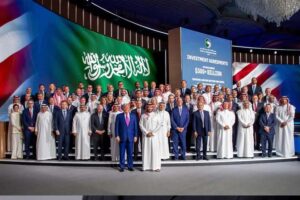
On the global stage, this trip exemplifies shifting power dynamics. The U.S., once firmly opposed to Assad’s regime, now appears willing to engage in transactional diplomacy, balancing its regional interests through military, economic, and diplomatic tools. It signals an era where traditional policies give way to flexible, pragmatic strategies, influenced heavily by regional actors’ interests and realpolitik.
Conclusion: A Cautious Optimism Amid Uncertainty
Trump’s Gulf summit has undoubtedly altered the landscape of Middle Eastern diplomacy and geopolitics. From Syria’s diplomatic reopening to unprecedented defense deals and investments, the trip embodies a complex mix of strategic pragmatism and geopolitical realignment.
While these developments hold promise for regional stabilization and economic growth, they also carry risks—particularly in terms of enabling authoritarian regimes or neglecting human rights issues. The coming months will be critical in determining whether these bold initiatives translate into lasting peace, stability, and cooperation, or whether they merely serve as tactical maneuvers in an endlessly shifting regional chessboard.
In the end, the summit’s true legacy will depend on the follow-through of these commitments and the broader regional and international responses they provoke. The cautious optimism now must be matched with vigilant diplomacy, ensuring that pragmatic openness does not come at the expense of long-term peace and human dignity.
Our Analysis With Agency reports

